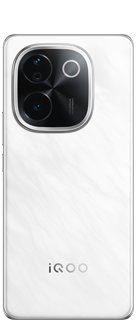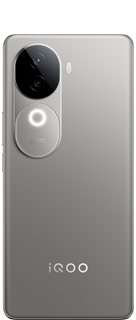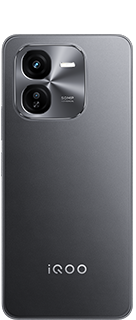Building a Custom AI Chatbot:A Step-by-Step Guide to Development and Integration
In today's digital era, the integration of AI-powered chatbots has become increasingly prevalent across various industries. These virtual assistants streamline customer interactions, enhance user experiences, and automate repetitive tasks. However, creating a custom AI chatbot requires careful planning, implementation, and integration. Below is a step-by-step guide to building and integrating a bespoke chatbot tailored to your specific requirements.
Step 1: Define Objectives and Use Cases
Before embarking on the development journey, it's crucial to clearly outline the objectives and use cases for your chatbot. Determine the primary tasks it will perform, such as answering FAQs, providing product information, or assisting with bookings. Identifying the target audience and understanding their needs will shape the chatbot's design and functionality.
Step 2: Choose the Right Platform and Tools
Selecting the appropriate platform and tools is pivotal in ensuring the success of your chatbot project. Consider factors such as scalability, customization options, natural language processing (NLP) capabilities, and integration capabilities with existing systems. Popular choices include Dialogflow, Microsoft Bot Framework, and IBM Watson Assistant.
Step 3: Design Conversational Flows
Designing intuitive conversational flows is essential for creating engaging interactions with users. Map out different user journeys and craft responses that are conversational, concise, and contextually relevant. Incorporate branching logic to handle various user inputs and guide them towards desired outcomes seamlessly.
Step 4: Train the AI Algorithms
Train your chatbot's AI algorithms using a diverse dataset of user inputs and corresponding responses. This involves leveraging machine learning techniques to analyze and understand patterns in user interactions. Continuously refine and update the training data to improve the chatbot's accuracy and effectiveness over time.
Step 5: Test and Refine the Chatbot
Thorough testing is imperative to ensure that the chatbot functions as intended across different scenarios. Conduct usability testing, functional testing, and performance testing to identify and address any issues or inconsistencies. Gather feedback from real users and use analytics to analyze usage data, allowing for continuous refinement and optimization.
Step 6: Integrate with Other Systems
Integrate the chatbot with other systems such as customer relationship management (CRM), enterprise resource planning (ERP), and marketing automation tools to maximize its utility and impact. Utilize application programming interfaces (APIs) and webhooks to facilitate seamless communication and data exchange between the chatbot and external systems.
By following these steps, you can develop a custom AI chatbot that not only meets your business objectives but also delivers exceptional user experiences and drives operational efficiency. Embrace innovation, iterate based on feedback, and stay attuned to emerging technologies to stay ahead in the dynamic landscape of conversational AI.
Please sign in
Login and share
























